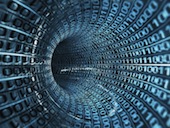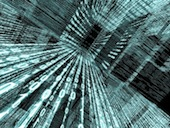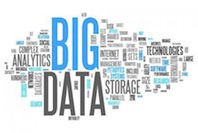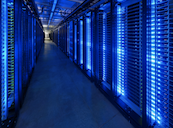
>>> New!!! Download here the Executive Summary <<<
ERF-AISBL in collaboration with Elettra - Sincrotrone Trieste, is planning to address the big data and open data issues by organizing a first workshop focused on the common problems that all data producing large scale research facilities are facing and will face in the years to come, and the ways to elaborate solutions. Purpose of the workshop is also to offer opportunities for discussions on specific proposals to be submitted to the Horizon 2020 program. The speakers are high profile experts in this field. We expect to attract over 100 highly concerned scientists and facility managers. All the sessions will be plenary.
 |
 |
 |
 |
 |
|
The ERF-AISBL (Association of European level Research Infrastructures Facilities) has the not-for-profit purpose to promote cooperation and joint project formulation between european-level research infrastructures (RIs) that are open, at international level, to external researchers. These Infrastructures include national infrastructures as well as european networks and consortia of research infrastructures. To support and extend EU capabilities, ERF-AISBL wishes to engage not only with the communities represented in ERF-AISBL, but also more widely. This wider community includes governments, research funders, other RIs, higher education, industry and the citizen. To this purpose, ERF has organized a series of topical seminars and workshops on: Open Access (2009); Human Capital (2010); Energy (2011); Socio-economic impact (2012); Technology Transfer and Industrial Relations (2013) and Energy -2nd workshop- (2013). |
Elettra - Sincrotrone Trieste is a multidisciplinary international center of excellence, specialized in generating high quality synchrotron and free-electron laser light and applying it in materials science.
The main assets of the research centre are two advanced light sources, the electron storage ring Elettra and the free-electron laser (FEL) FERMI, continuously (H24) operated supplying light of the selected "colour" and quality to more than 30 experimental stations on 32 beamlines. These facilities enable the international community of researchers from academy and industry to characterize material properties and functions with sensitivity down to molecular and atomic levels, to pattern and nanofabricate new structures and devices, and to develop new processes. Every year scientists and engineers from more than 50 different countries compete by submitting proposals to use the experimental stations at Elettra and FERMI. |

